While chocolate may be a universally loved product, managing a successful chocolate company in the Asia–Pacific region requires a great deal of hard work, skill and expertise.
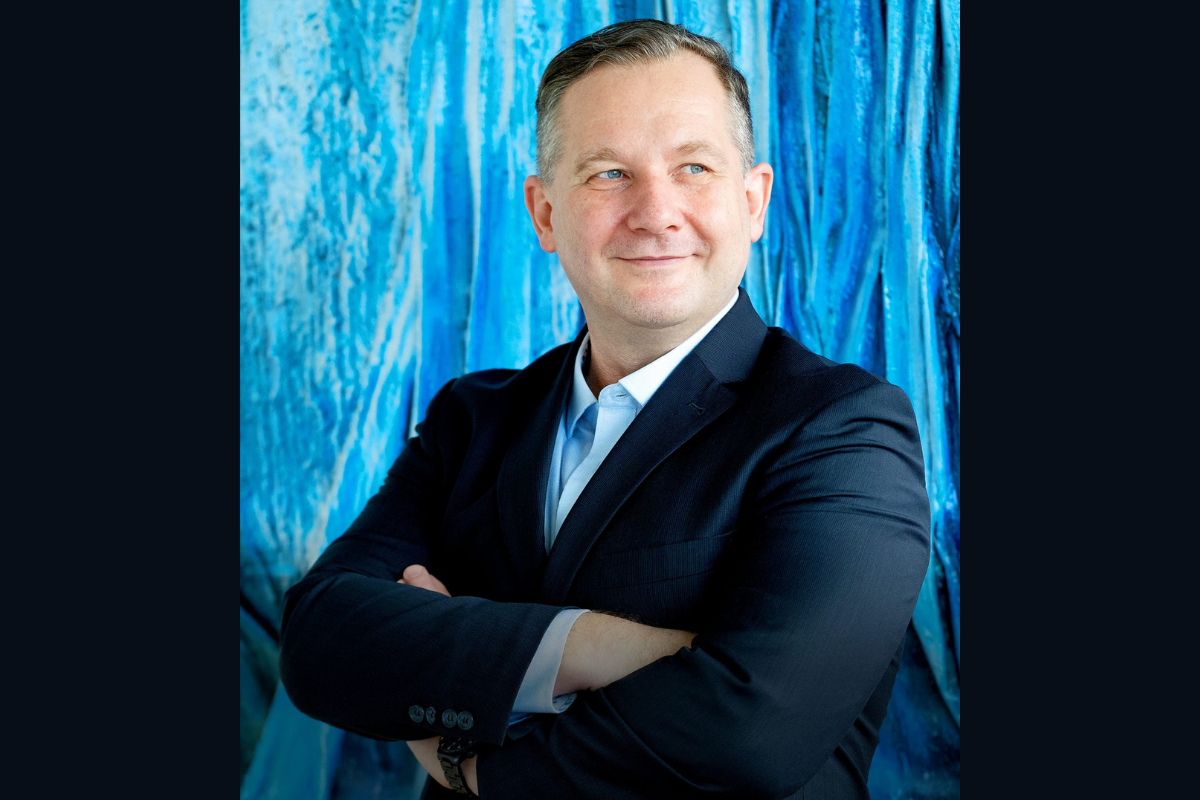
Indeed, Axel Lachhein’s job as Managing Director is far from effortless, and his success in the role is testament to his dedication and strategic vision for the brand.
“What has helped us build a successful business so far is the fact that we first focused on core markets. From there, we explored further markets step-by-step and then finally expanded into white spaces,” Lachhein tells The CEO Magazine. “These are the markets where our brand wasn’t known yet, so we first had to identify our route to market.”
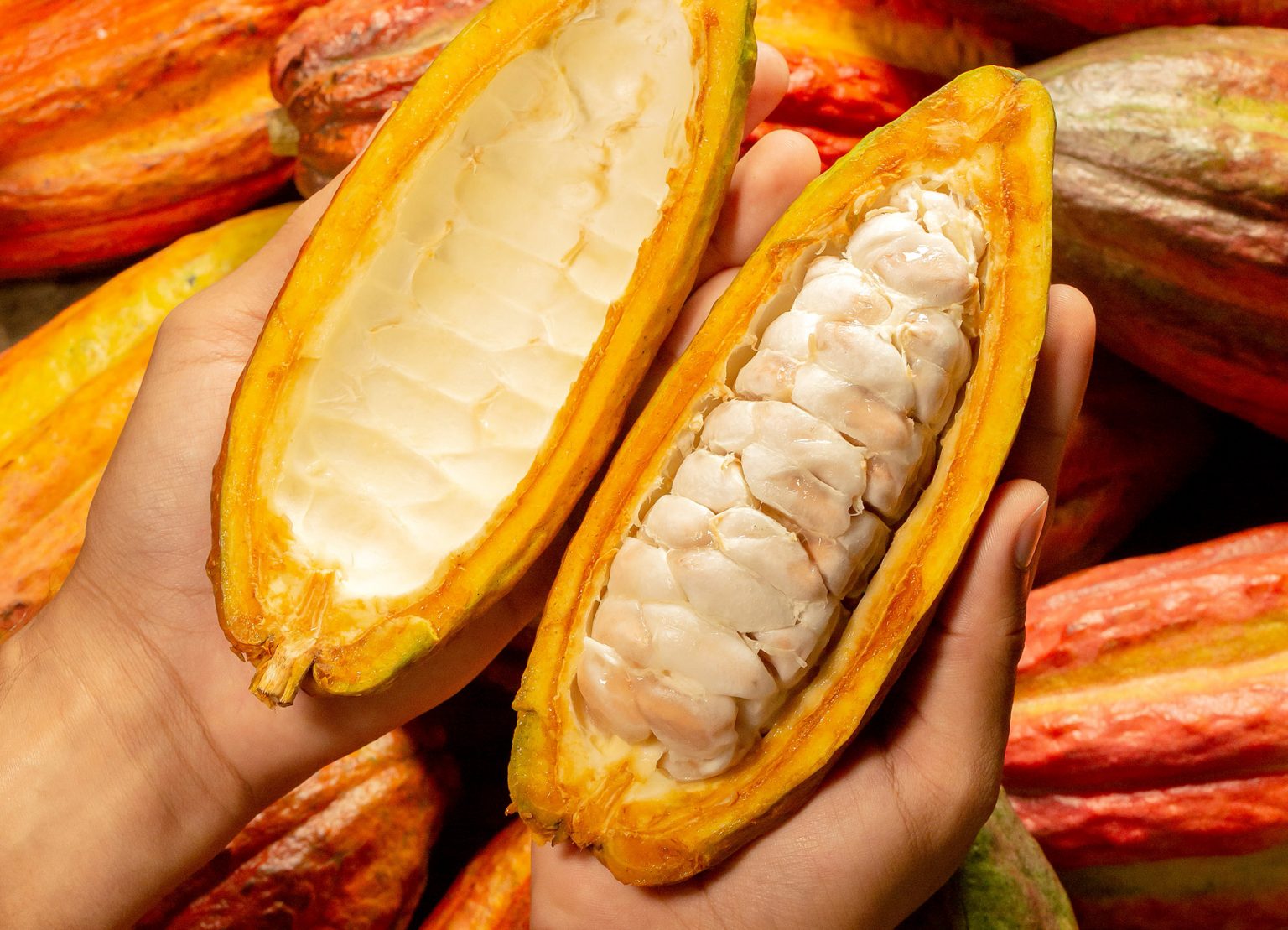
From day one, digital marketing and influencer campaigns played a big role in improving brand awareness and bolstering sales in the Asia–Pacific markets. To create buzz and excitement, Ritter Sport executes seasonal campaigns, such as Valentine’s Day or winter promotions, with a signature flavor that changes every year depending on trends.
The company’s focus on local consumers and on providing relevant product solutions through constant innovation has helped it double its Asia–Pacific business over five years.
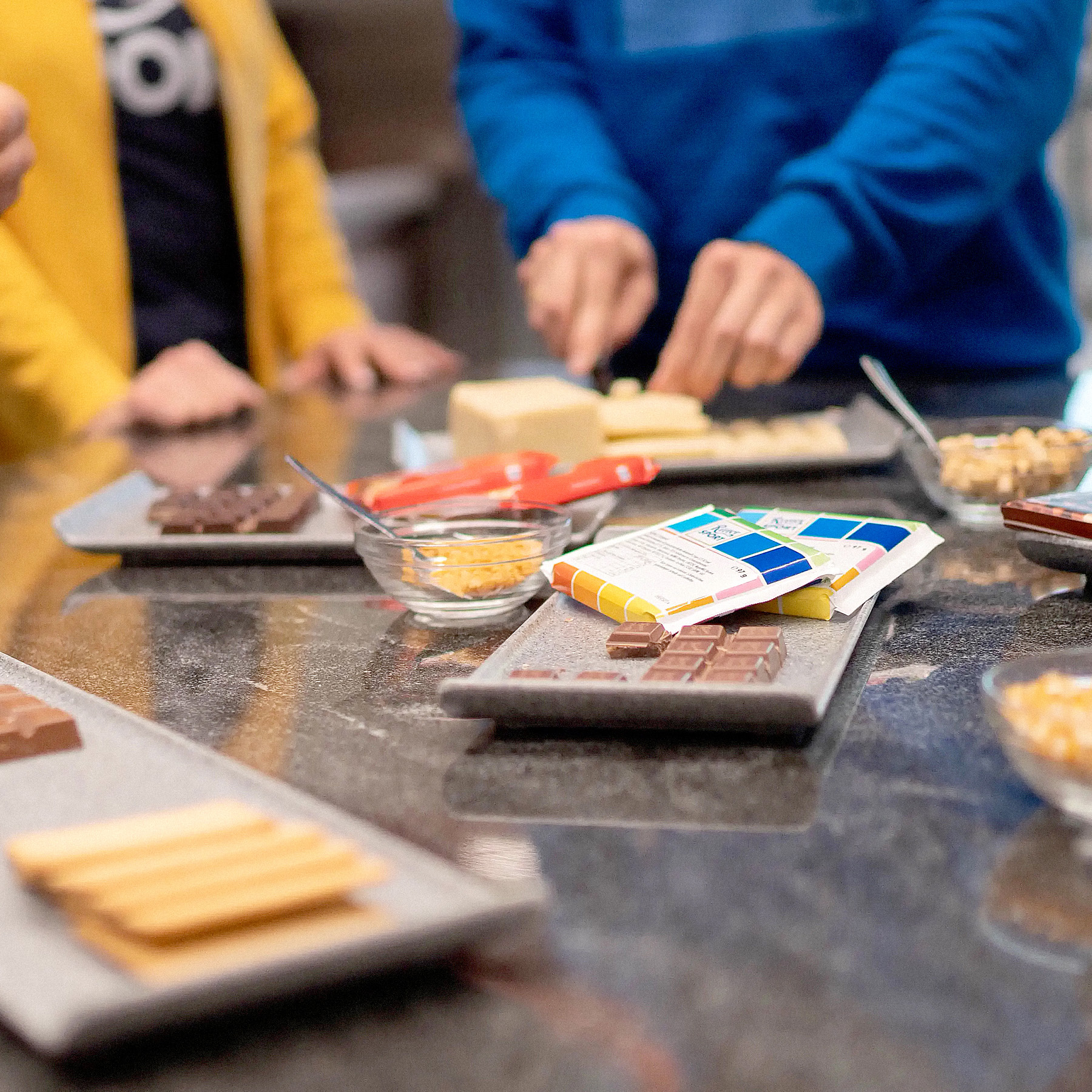
We take a local approach to make sure we’re as relevant as possible to our consumers.
Eyes on the prize
While expanding into several countries across the region, Ritter Sport had to adapt according to consumption habits, taste preferences and purchasing power. The first thing Lachhein and his team did was to listen to and understand local consumers’ needs and preferences with the help of market research agencies.
“We take a local approach to make sure we’re as relevant as possible to our consumers,” he says. “So we define the core assortments and try to excite our consumers with tasting promotions. From white mango maracuja and crispy banana to salted caramel, we offer exotic flavors specific to certain countries.”
Fine-tuning the flavor fit wasn’t the only challenge Lachhein and his team had to address. Unlike in its home base in Europe, the company found that people in these regions prefer smaller single-consumption sizes.
Lachhein also turned the ‘burger index’ of the Western markets into the ‘nasi goreng index’ and ‘banh mi index’ to address the purchase power parity.
“By 2030, it is expected that more than a billion Asian people will join the global middle class. That’s exciting, and by approaching this middle class, you can make sure that you have consistent growth in the coming years,” Lachhein explains.
Ritter Sport first started to introduce smaller package sizes to the Thai market, which resulted in a threefold increase in sales in just five years.
All the market expansions were heavily supported by innovative marketing campaigns, whether appearing on Korean national TV for an influencer marketing gig or using robots during the COVID-19 pandemic for contactless sampling in Singapore.
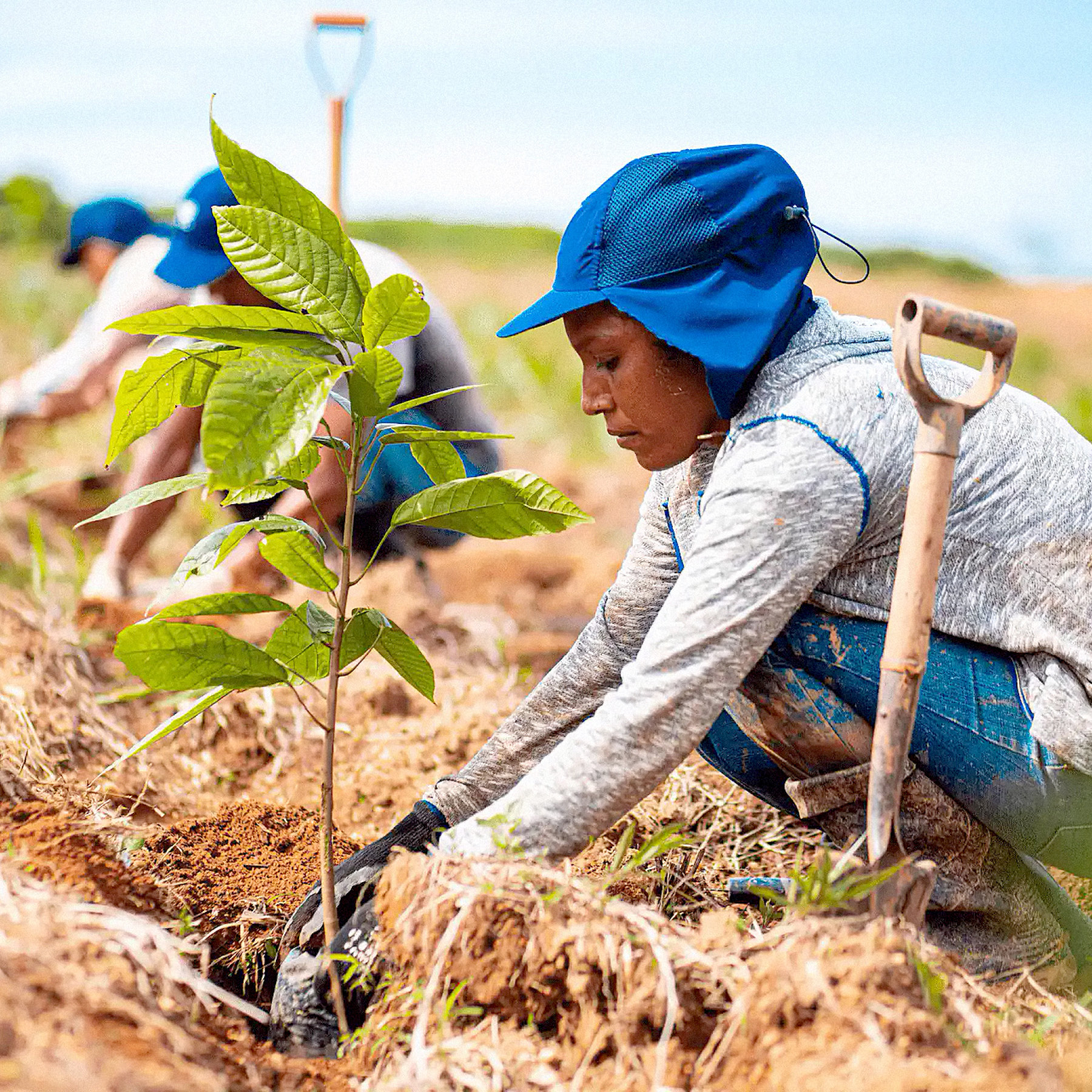
Surprisingly, we had more meetings with our distribution partners during the pandemic than before.
“The cocoa bot experiment was a marketing success. Consumers, distributors, sales team and the robot company all were very happy,” Lachhein says.
Despite all the highs, Ritter Sport did have a torrid time during the pandemic as people’s behavior toward luxury products, such as chocolate, changed. Instead of weathering it out, Lachhein went on the offensive and made sure Ritter Sport chocolates were highly visible to consumers through secondary placements and plenty of new touchpoints in stores, making them an attractive impulse buy.
What made this possible was that Ritter Sport had no downtime regarding supply. Since the product lineup is completely imported, logistics experts in the company worked hard to secure the supply chain for its distribution partners very early.
“It really came down to trust and transparency,” he says. “Surprisingly, we had more meetings with our distribution partners during the pandemic than before. Since we couldn’t travel, we had weekly meetings and we have become really close since then.”
Ritter Sport has one designated partner in every country and several marketing agencies that understand what the brand stands for and help spread the values to consumers.
A sustainable operation
Ritter Sport achieved carbon-neutral production back in 2019 and the status of a climate-neutral company by 2020. On top of that, it can trace its cocoa back to its producing organizations.
“We are proud to partner with Rainforest Alliance, certifying that the cacao used in all our products comes from approved sustainable cultivation. It’s setting ecological, social and economic sustainability standards for cocoa farming,” Lachhein says.
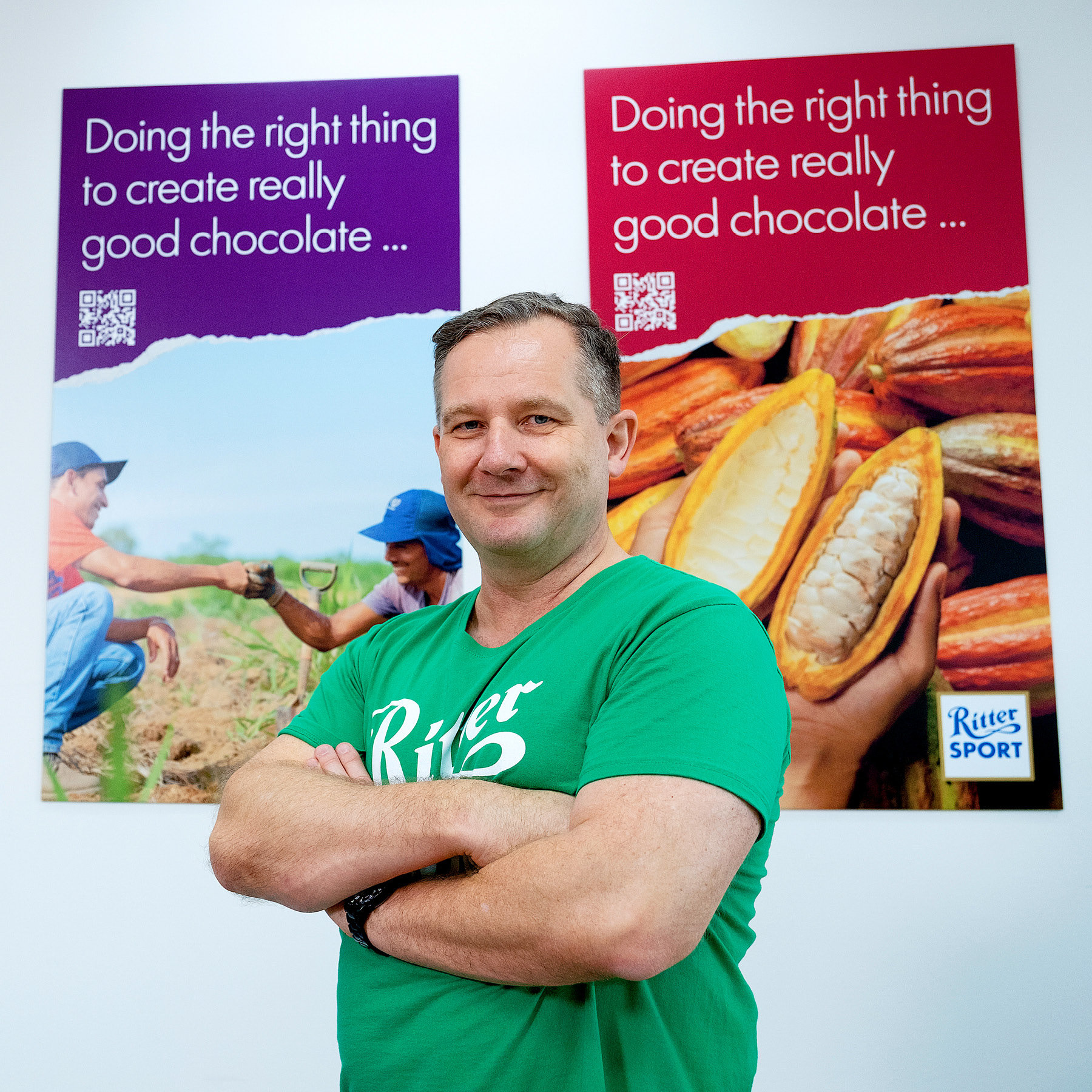
I’m extremely proud to work for a company that puts people and nature first.
Soon, the company will also launch a vegan range in Singapore to cater to a broader range of eating habits. All of these efforts reinforce the values Ritter Sport stands by, as well as the belief that Lachhein and his team are in the right place, doing the right thing to create and sell “really good quality chocolate”.
“I’m extremely proud to work for a company that puts people and nature first,” he says. “We’ve achieved a lot when it comes to sustainability, and we’re not stopping there.”



